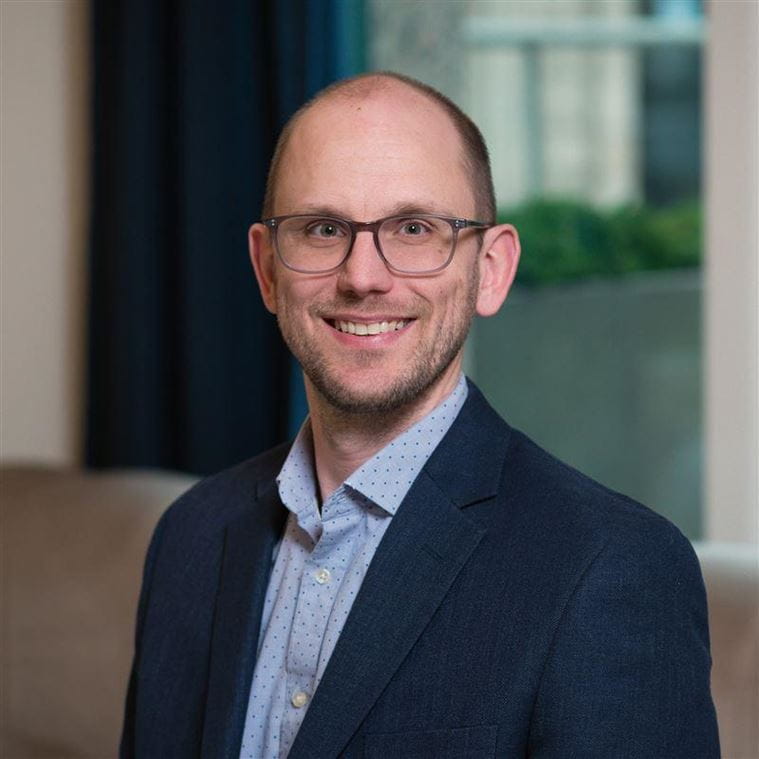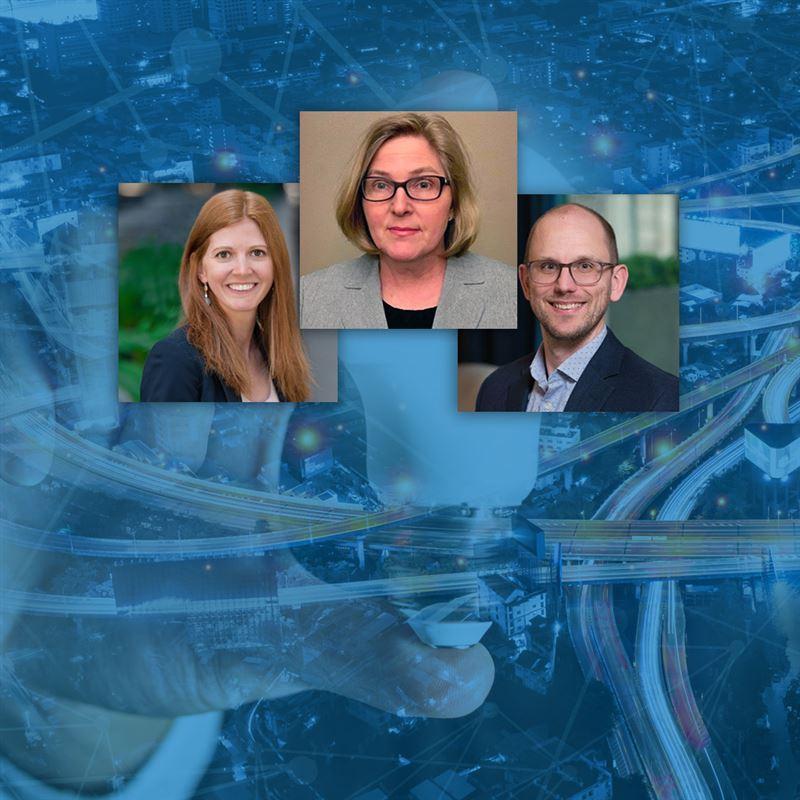What is the future of roads?
Can you explain how roadway design has evolved over the last decade?
For a long time, we were able to build more roads or widen existing roads to meet new demands. But now it's rare for a project to actually be a new road project. We're dealing with existing roadways and confined right of way spaces, buildings located right up against the right of way—especially in urban settings where more infrastructure is typically needed. That space just doesn’t exist to keep widening or building new roads whenever we feel the need.
But at the same time, we want to put more things in the right of way. We obviously have the pavement for the cars and other vehicles, but we also want to include facilities for bicycles and pedestrians, utilities above ground and below ground, and new technologies like electrical charging equipment or autonomous and connected vehicle technologies. Simply put, roadway projects are not just roadway projects anymore. There are a lot of other things involved that you need to take care of or at least be aware of.
How have you seen the Complete Corridors concept help to implement some of these roadway design enhancements?
It's very common for our clients to be focused on one thing at a time; maybe it's a water main replacement project or a road resurfacing project. And those project elements are not typically brought together in the planning stages. Complete corridors are aiming to help our clients get to that step to be able to work together with their different divisions within their entity—whether it's the state, a city, a town, a county—to break down those silos and work together to make a more complete corridor from the beginning planning and design phases. Ultimately that means we're able to dig once out there and build everything that's needed at one time.
We're aiming to break down those silos and work together to make a more complete corridor from the beginning planning and design phases.
Tell us more about how optimizing the roadway right-of-way happens in practice. What does that entail?
So like I mentioned before, there's only a limited amount of right of way in a lot of locations. Sometimes you can buy new right of way but that's not always the case, so being able to maximize the existing right of way is of great benefit to the client and to taxpayers.
On some projects, you don't have to necessarily try to squeeze everything into one individual roadway corridor. It can be a couple of parallel routes that are also utilized in order to fit all the elements in. So, for instance, one corridor might have bus lanes and travel lanes and other things, but there's not a lot of space for bike infrastructure. So on the next parallel route, you could put in a real nice cycle track or bike lanes. And that way, it's one block over in an urban situation, so it's not out of the way for anyone necessarily and you're still getting all those needs met.
You can use this same strategy with utilities. Some utilities might be better in one corridor than another, and just having that plan upfront can really help you maximize the right of way.
Why should a community consider a Complete Corridors project?
The main thing we always ask our clients is, “what are your biggest problems? What keeps you up at night?” And a lot of times it's some of this coordination with other projects going on the area, but most often it’s the issue of funding. So a complete corridors approach, if it’s followed all the way through, allows you to limit the amount of times you’re impacting the right of way and public travel, which ultimately saves our clients mobilization costs, construction time and taxpayer money.
Scott Sandstrom serves as CDM Smith’s Complete Corridors design discipline leader. With wide-ranging experience in transportation design, he’s worked on numerous roadway, transit and bridge projects and brings a comprehensive understanding of client processes and procedures in both urban and rural settings. This Q&A has been edited and condensed for clarity.

A Complete Corridors approach allows you to limit the amount of times you’re impacting the right of way and public travel, which saves our clients mobilization costs, construction time and taxpayer money.





